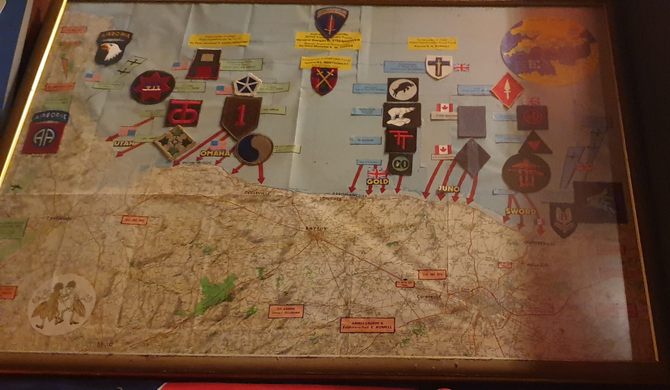Harry's New York Bar
Classic cocktails, piano bar, and Hemingway history in Paris
Classic cocktails, piano bar, and Hemingway history in Paris
























































"Instead of braving the tourist line at Bar Hemingway, I head around the corner to this mahogany-clad institution that turns into a piano bar at 10 p.m., order the New York–style hot dog, and wash it down with a house-classic Bloody Mary—better with a bit of spice." - Lane Nieset Lane Nieset Lane Nieset is a travel writer from Miami who has lived in France for the past decade. From Paris, she covers a mix of lifestyle, wine, food, and design for publications including Food & Wine, Condé Nast Traveler, Vogue, and more. Travel + Leisure Editorial Guidelines

"Established near Opéra in 1911, this American bar is unusual in that it was moved wholesale from New York to Paris when prohibition laws came into force in the US. Its sudden arrival in the French capital was an introduction for many Parisians to the art of the cocktail: as such, it can be considered one of the precursors to mixology in France. The bar was later taken over by Harry MacElhone, a Scotsman who gave his name to the establishment, which quickly attracted many whisky lovers. Spend an evening in this legendary venue and try their Bloody Mary (vodka, tomato juice, lemon juice, tabasco, salt and pepper), a cocktail invented right here in 1921, or the Side Car (cognac, triple sec and lemon juice)." - The MICHELIN Guide

"Established near Opéra in 1911, this American bar is unusual in that it was moved wholesale from New York to Paris when prohibition laws came into force in the US. Its sudden arrival in the French capital was an introduction for many Parisians to the art of the cocktail: as such, it can be considered one of the precursors to mixology in France. The bar was later taken over by Harry MacElhone, a Scotsman who gave his name to the establishment, which quickly attracted many whisky lovers. Spend an evening in this legendary venue and try their Bloody Mary (vodka, tomato juice, lemon juice, tabasco, salt and pepper), a cocktail invented right here in 1921, or the Side Car (cognac, triple sec and lemon juice)." - The MICHELIN Guide

"I’ve downed dogs in a dusty expat haunt (Harry's New York Bar)." - ByCasey Elsass

"The red leather booths and wooden bar at Harry's Bar New York date back to the early 20th century. Hemingway and Sartre drank here; George Gershwin composed "An American in Paris" on the piano upstairs—the history and connection to the U.S. makes this bar an institution for both expats and visitors. The menu consists of classics like the Side Car, Dry Martini, Stinger, and, of course, the Bloody Mary (ordered any time of the day, not just brunch!)." - Sara Lieberman
